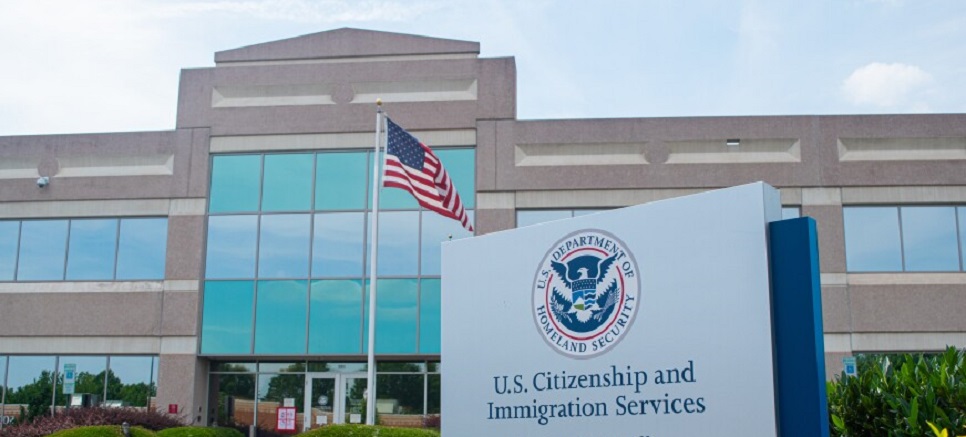Summary of the Brain Act, the new STEM proposal
Overview of the Benefits to Research and American Innovation through Nationality Statutes Act of 2012 (‘‘BRAINS Act’’)
The BRAINS Act will finally provide the much-needed reform to our high-skilled immigration system that America needs to ensure that the industries of the 21st century take root here in the United States. It will accomplish this goal in the following ways:
1. It creates a 2-year pilot program to provide 55,000 new green cards per year for foreign students who graduate from U.S. universities with advanced degrees in science, technology, engineering, and mathematics (“STEM”).
2. To be eligible, an alien must 1) have received a master’s degree or higher from an eligible U.S. university in science, technology, engineering, or mathematics; 2) have an offer of employment in the U.S. in a STEM field, and 3) be petitioned for by an employer who has gone through labor certification to show that there are not sufficient American workers able, willing, equally qualified and available for the job at the wage level paid by the employer to all other individuals with similar experience and qualifications for the job.
3. To be eligible for its students to receive green cards, a university must be: 1) accredited; 2) at least 10 years old; and 3) classified as a research institution by the Director of the National Science Foundation. The school cannot provide incentive payments to persons based on securing foreign students for the university.
4. It encourages the best and brightest foreign students to study, live, and work in the United States by allowing them to receive student visas to attend our colleges and universities to study in STEM fields. STEM students will no longer be required to demonstrate that they have no desire to stay permanently in the U.S. as a precondition to being allowed to attend school here.
5. It provides any unused green cards from this program to be used to reduce the backlog for employment-based green cards that exists for highly-skilled STEM advanced-degree graduates from foreign universities.
6. It allows temporary workers on high-skilled visas who have not violated their status to renew their visas from within the United States.
7. I provides labor protections to ensure that foreign workers do not take high-paying high-skilled jobs that American workers are available to fill.
8. It codifies the practice that the priority date (for determining an alien’s place in line) for an employer’s green card petition is the date that the employer files the labor certification application. The bill also ensures that an alien who switches from one green card family-preference category to another retains their original priority date, and that an alien who switches from one green card employer-preference category to another retains their original priority date.
9. It expands “age-out” protection in current law to benefit minor children who turn 21 while they wait for their green cards to become available.
10. It encourages highly skilled workers to remain in the United States by providing for faster reunification with their spouses and minor children. This is done by creating a new entry slot for a nuclear family member of a highly-skilled permanent resident when a lawful permanent resident is deported. Consequently, net immigration is not increased, but family reunification is expedited.




